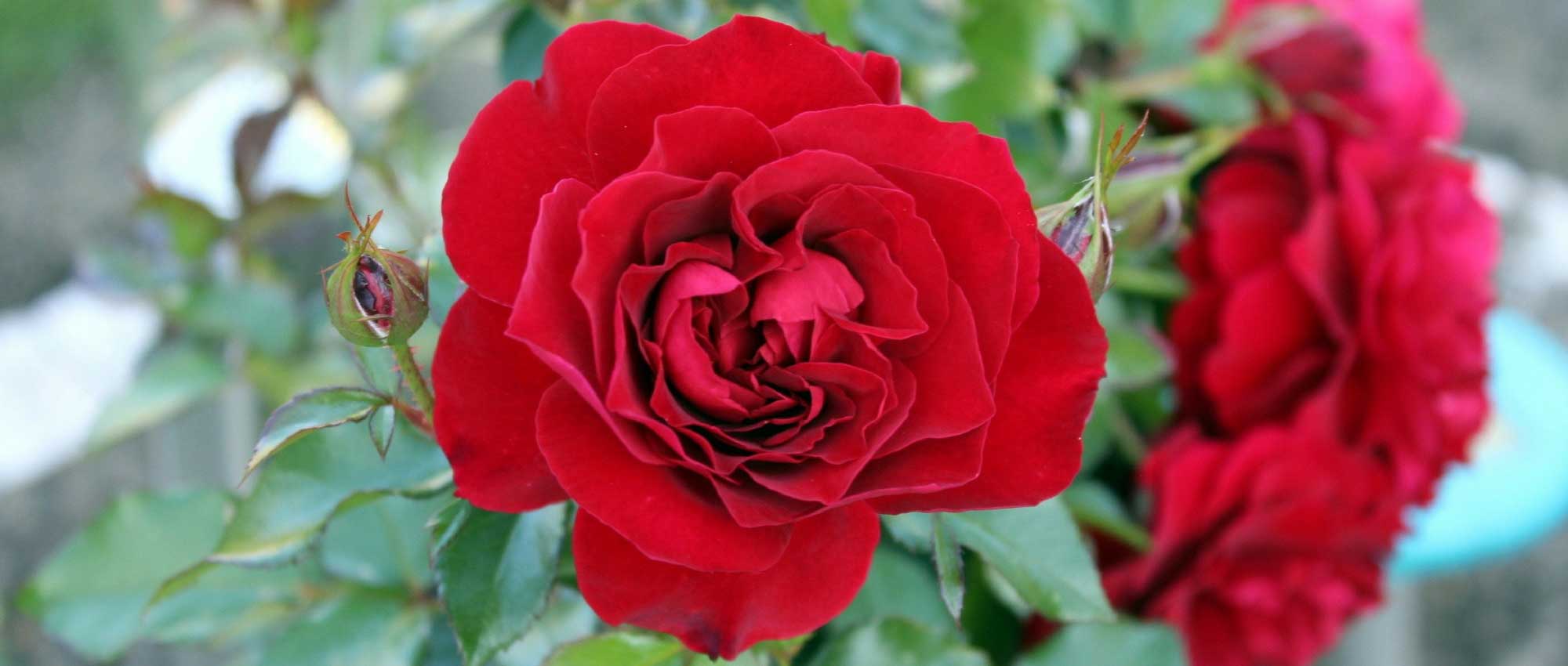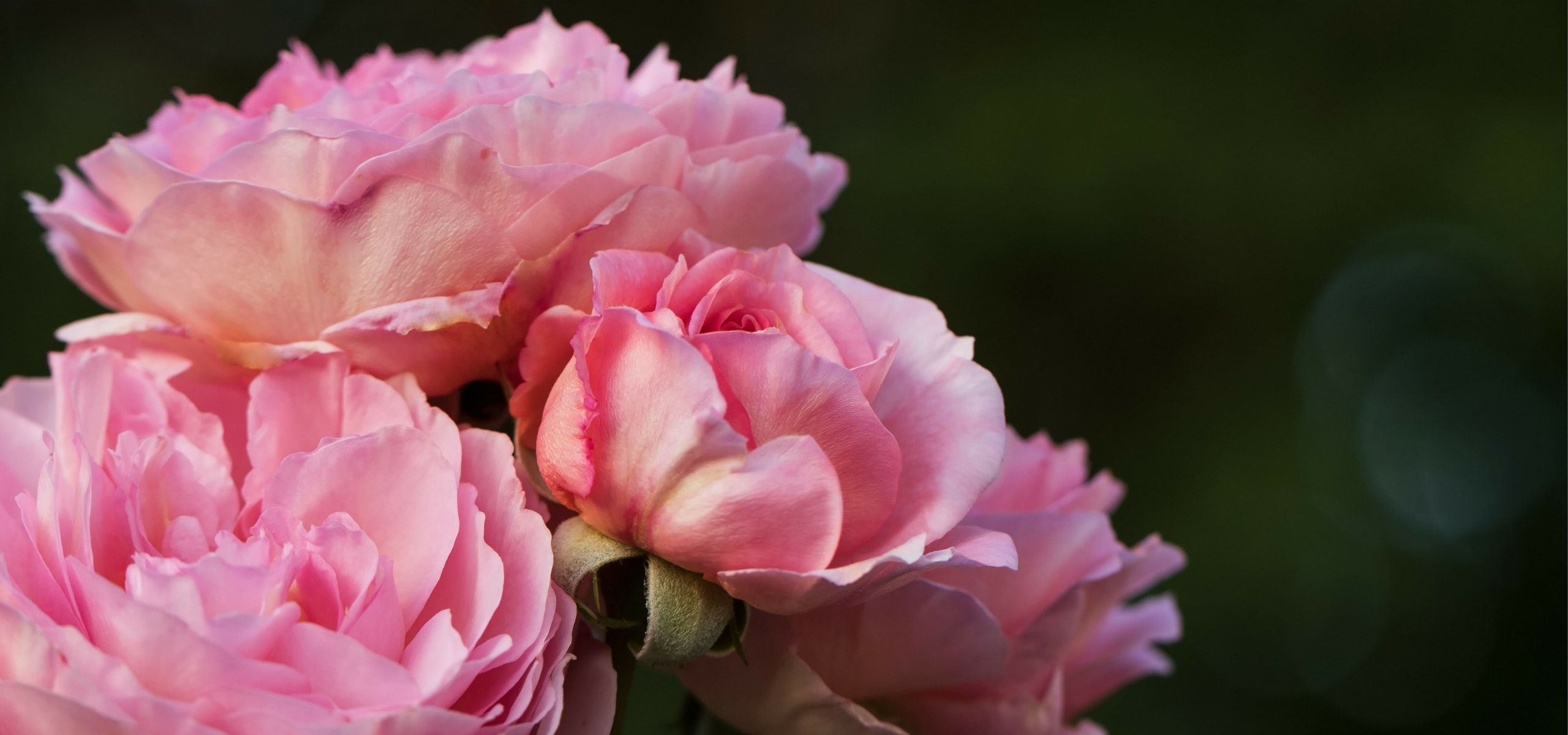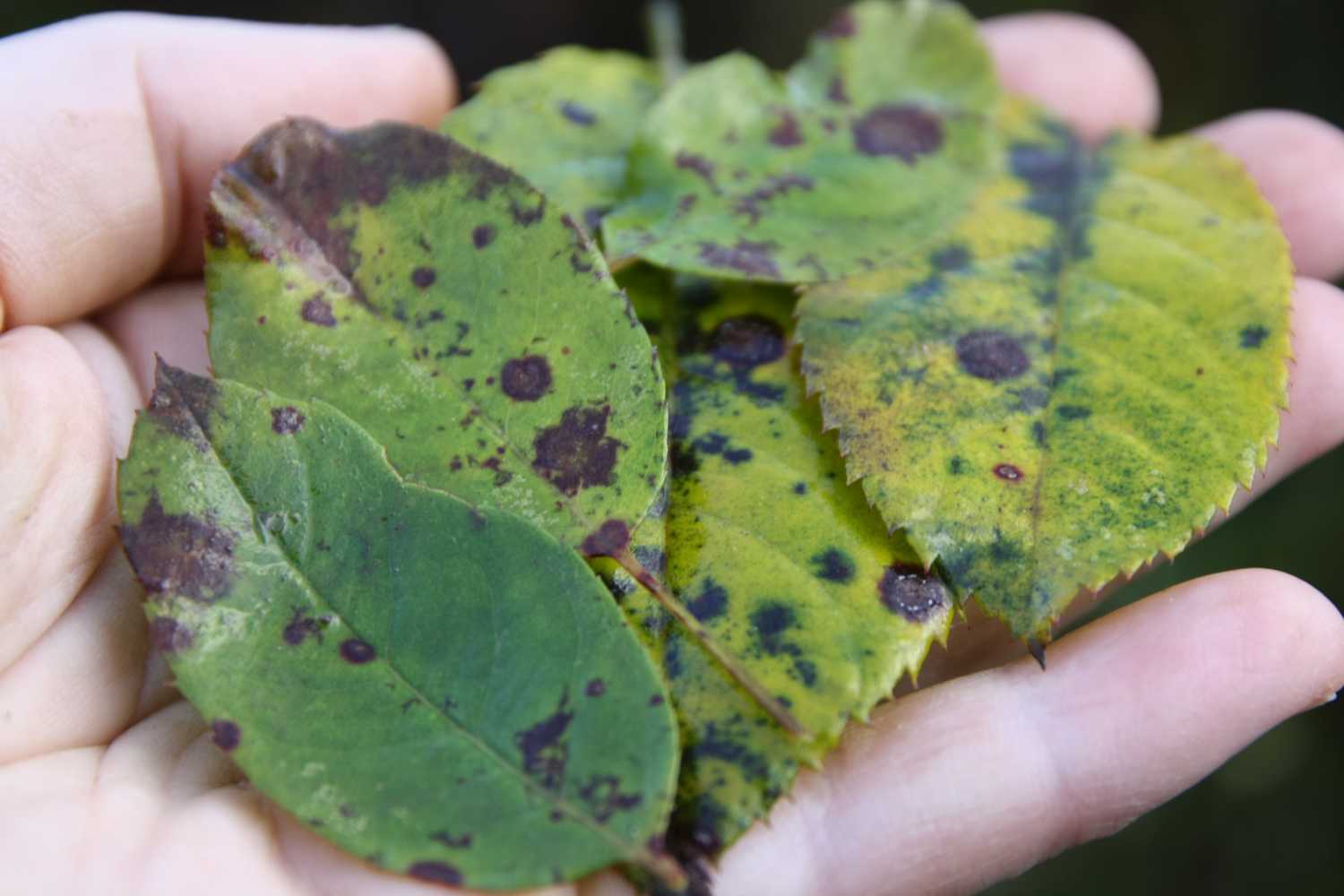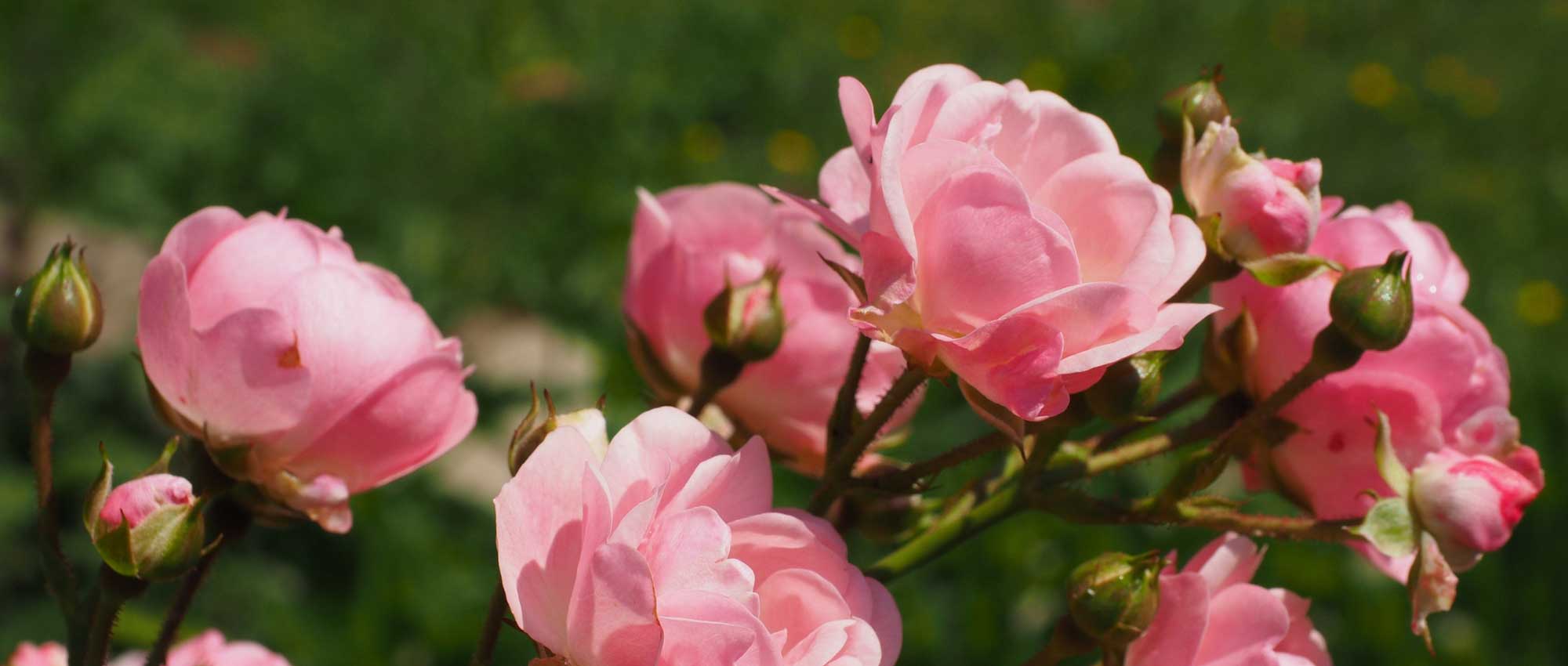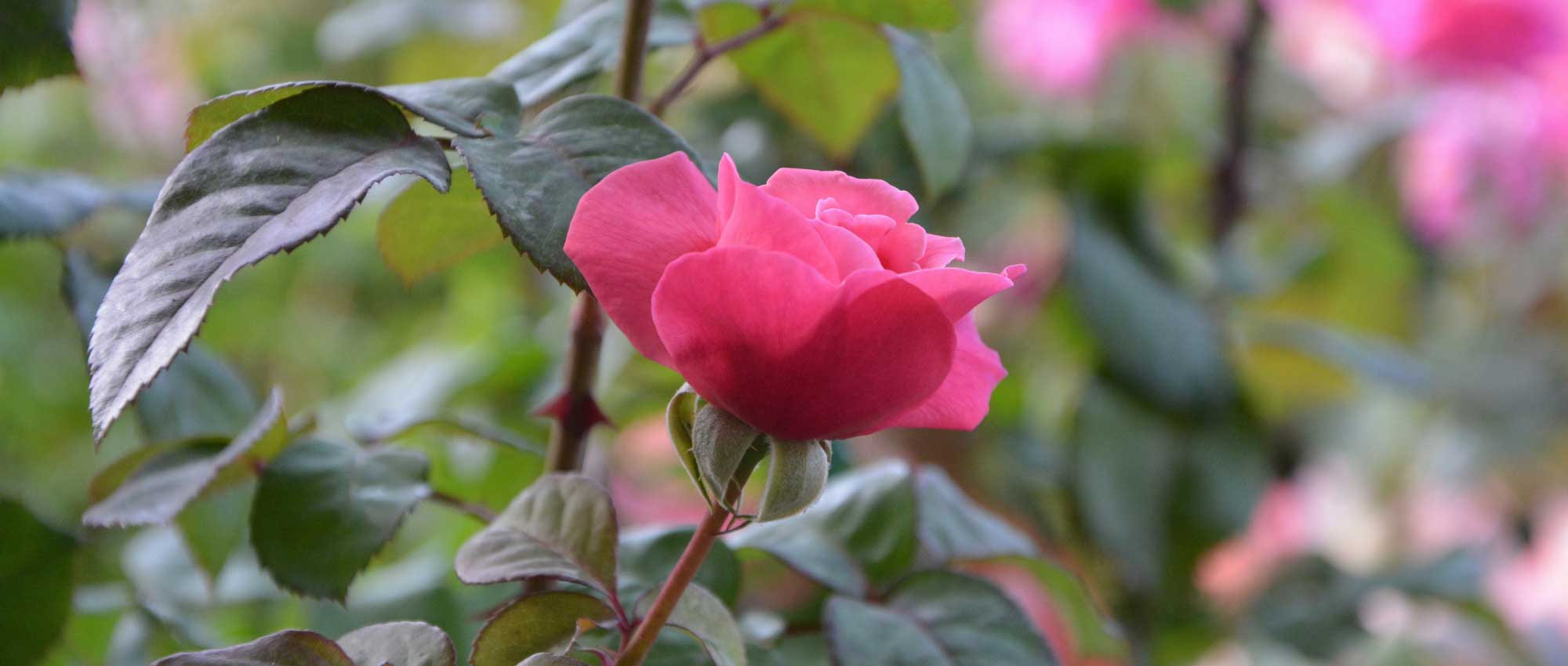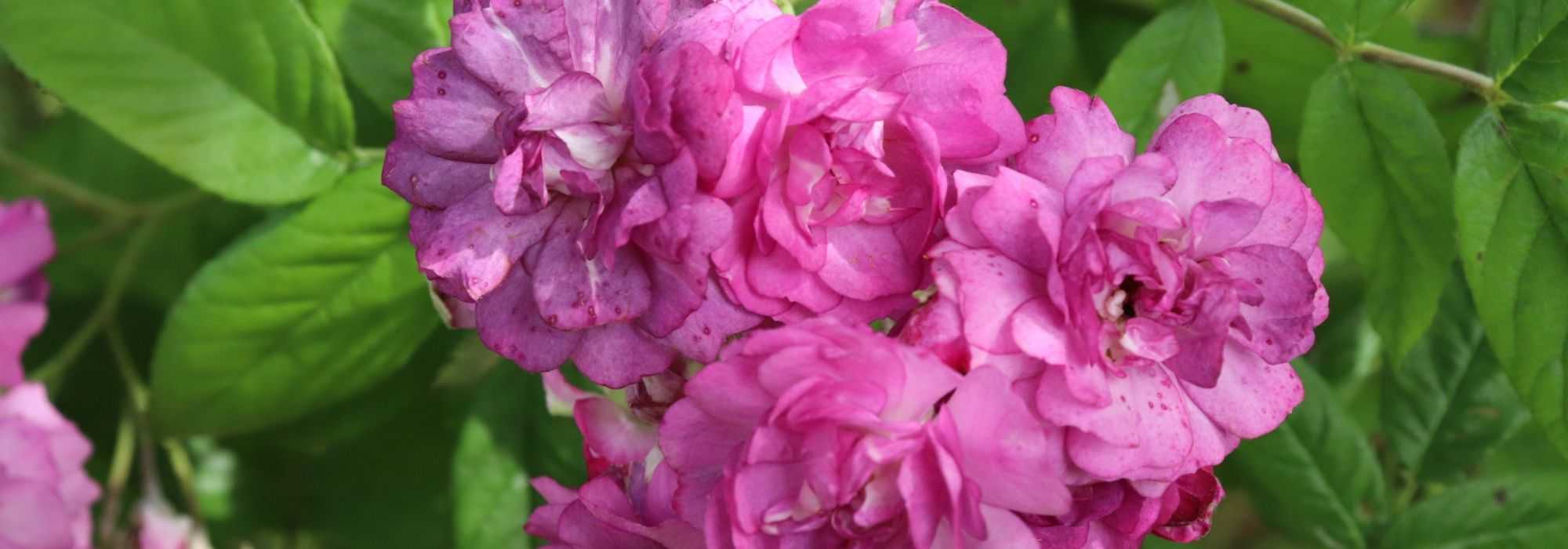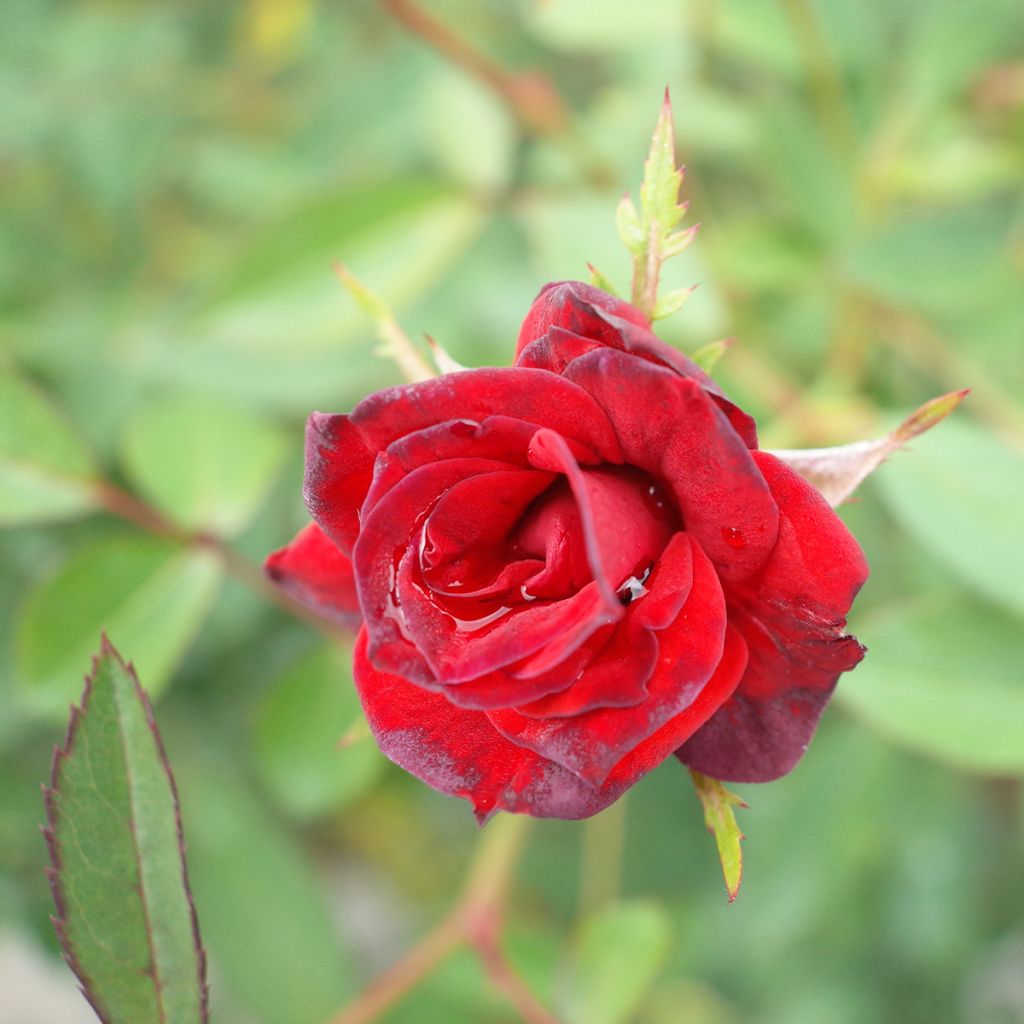

Rosa polyantha 'Meipaede' BABY BACCARA® - Rosier Baby Baccara


Rosa polyantha 'Meipaede' BABY BACCARA® - Rosier Baby Baccara
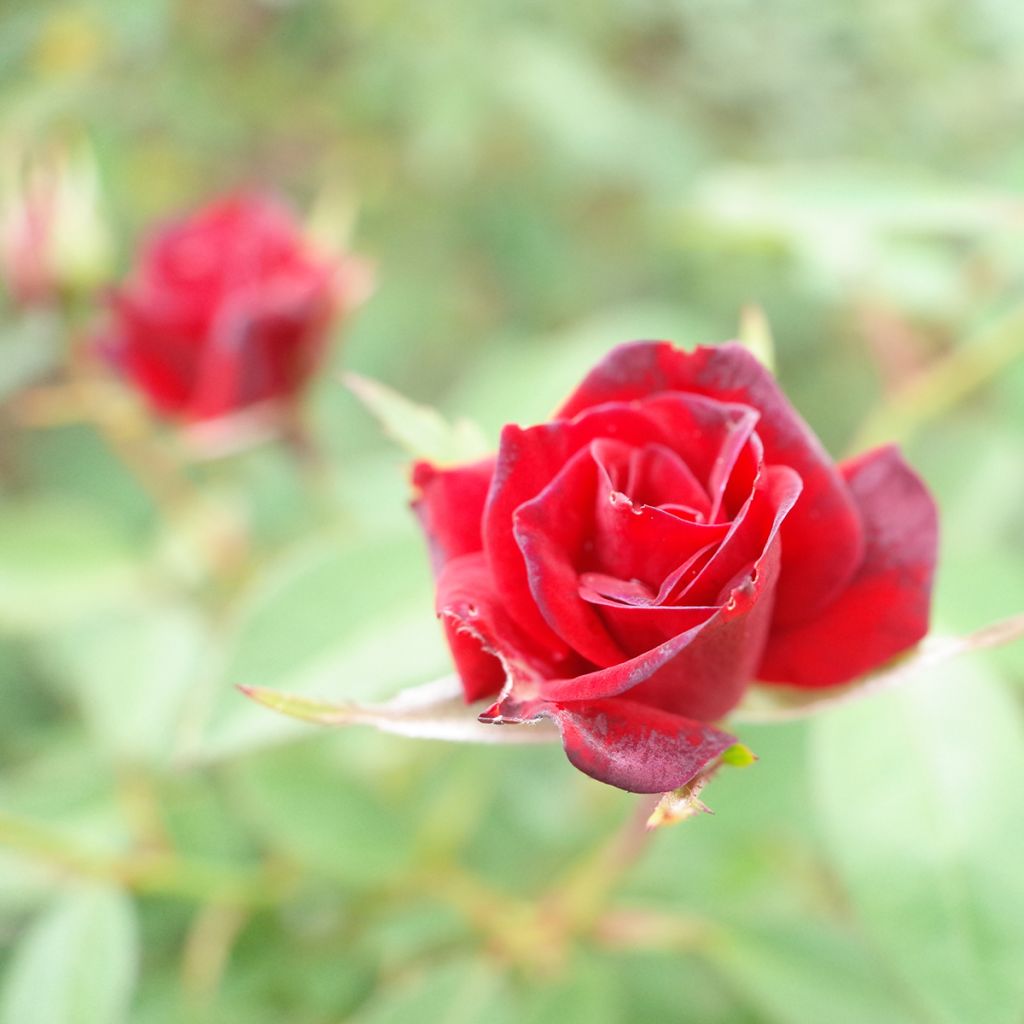

Rosa polyantha 'Meipaede' BABY BACCARA® - Rosier Baby Baccara


Rosa polyantha 'Meipaede' BABY BACCARA® - Rosier Baby Baccara


Rosa polyantha 'Meipaede' BABY BACCARA® - Rosier Baby Baccara
Rosa polyantha Baby Baccara - Polyantha Rose
Rosa polyantha 'Meipaede' BABY BACCARA®
Polyantha Rose
Special offer!
Receive a €20 voucher for any order over €90 (excluding delivery costs, credit notes, and plastic-free options)!
1- Add your favorite plants to your cart.
2- Once you have reached €90, confirm your order (you can even choose the delivery date!).
3- As soon as your order is shipped, you will receive an email containing your voucher code, valid for 3 months (90 days).
Your voucher is unique and can only be used once, for any order with a minimum value of €20, excluding delivery costs.
Can be combined with other current offers, non-divisible and non-refundable.
We guarantee the quality of our plants for a full growing cycle, and will replace at our expense any plant that fails to recover under normal climatic and planting conditions.

Description
The Baby Baccara® rose is a miniature variety with small double scarlet-red flowers and a compact habit. Perfect for small spaces, this little bush fits beautifully in flowerbed borders as well as in pots on balconies and patios. Its abundant and prolonged flowering will delight lovers of colourful, easy-care roses.
Developed by the Meilland house, the Baby Baccara® 'Meipaede' rose is a miniature version of the famous Baccara® rose. It belongs to the miniature roses group characterised by their small size and abundant flowering. This compact, bushy variety reaches a height of 40 to 45 cm with a similar spread. The plant forms a ramified ball that fits easily into small spaces, making it ideal for containers. Its deep scarlet red flowers measure about 6 cm in diameter. They are formed of 55 to 65 petals that lighten slightly as they bloom. The very lightly scented blooms last from May-June to October. The deciduous, glossy, bright green foliage highlights the flowers. It falls in autumn and regrows the following spring. The stems are thorny, as with many roses.
The Baby Baccara rose was developed as a miniature version of the Baccara® rose, one of the world's most famous roses. This smaller version enables gardeners with no garden or small gardens, or city dwellers to enjoy the beauty of this iconic variety.
Utterly charming and covered in scarlet roses, the Baby Baccara® rose will shine in gardens and patios alike. It excels as a border for flowerbeds or pathways where it creates a bright red ribbon, but also in pots on windowsills. To create a strong character effect, pair it for example with a lavender ‘Hidcote’, the airy clumps of a gaura ‘Whirling Butterflies’, and the golden spikes of a Stipa tenuifolia. This trio companion will blend with the rose in a both structured and natural setting in a garden combining elegance and simplicity.
Rosa polyantha Baby Baccara - Polyantha Rose in pictures


Planting and care
Plant your Baby Baccara® rose in a sunny or lightly shaded position. Modern roses are tolerant but do not like poor, very dry soil. They will adapt to any garden provided the soil is well-worked, not too heavy, and very rich. To plant your rose, prepare the soil by breaking it up well and adding an amendment such as dried blood or dehydrated horn at the bottom of the planting hole. Water generously after planting to remove any air pockets. Water regularly for a few weeks to encourage root establishment.
Pruning: In late winter, around February or March, prune the main stems to 10-15 cm above ground, cutting just above an outward-facing bud. At this time, take the opportunity to remove any dead wood and weak branches that clutter the centre of the rose. Light pruning after each flowering will help prolong the blooming of the roses. Thin out the base of the bush by removing overly thin or poorly positioned stems to maintain a balanced and elegant habit.
Roses often develop spots or look unsightly by late summer, but this is not a problem for their growth. These spots are not harmful to the rose; it is a natural phenomenon. Follow all our advice to remedy this and read our article: Help: My Roses Have Spots
Planting & care advice
This item has not been reviewed yet - be the first to leave a review about it.
Haven't found what you were looking for?
Hardiness is the lowest winter temperature a plant can endure without suffering serious damage or even dying. However, hardiness is affected by location (a sheltered area, such as a patio), protection (winter cover) and soil type (hardiness is improved by well-drained soil).

Photo Sharing Terms & Conditions
In order to encourage gardeners to interact and share their experiences, Promesse de fleurs offers various media enabling content to be uploaded onto its Site - in particular via the ‘Photo sharing’ module.
The User agrees to refrain from:
- Posting any content that is illegal, prejudicial, insulting, racist, inciteful to hatred, revisionist, contrary to public decency, that infringes on privacy or on the privacy rights of third parties, in particular the publicity rights of persons and goods, intellectual property rights, or the right to privacy.
- Submitting content on behalf of a third party;
- Impersonate the identity of a third party and/or publish any personal information about a third party;
In general, the User undertakes to refrain from any unethical behaviour.
All Content (in particular text, comments, files, images, photos, videos, creative works, etc.), which may be subject to property or intellectual property rights, image or other private rights, shall remain the property of the User, subject to the limited rights granted by the terms of the licence granted by Promesse de fleurs as stated below. Users are at liberty to publish or not to publish such Content on the Site, notably via the ‘Photo Sharing’ facility, and accept that this Content shall be made public and freely accessible, notably on the Internet.
Users further acknowledge, undertake to have ,and guarantee that they hold all necessary rights and permissions to publish such material on the Site, in particular with regard to the legislation in force pertaining to any privacy, property, intellectual property, image, or contractual rights, or rights of any other nature. By publishing such Content on the Site, Users acknowledge accepting full liability as publishers of the Content within the meaning of the law, and grant Promesse de fleurs, free of charge, an inclusive, worldwide licence for the said Content for the entire duration of its publication, including all reproduction, representation, up/downloading, displaying, performing, transmission, and storage rights.
Users also grant permission for their name to be linked to the Content and accept that this link may not always be made available.
By engaging in posting material, Users consent to their Content becoming automatically accessible on the Internet, in particular on other sites and/or blogs and/or web pages of the Promesse de fleurs site, including in particular social pages and the Promesse de fleurs catalogue.
Users may secure the removal of entrusted content free of charge by issuing a simple request via our contact form.
The flowering period indicated on our website applies to countries and regions located in USDA zone 8 (France, the United Kingdom, Ireland, the Netherlands, etc.)
It will vary according to where you live:
- In zones 9 to 10 (Italy, Spain, Greece, etc.), flowering will occur about 2 to 4 weeks earlier.
- In zones 6 to 7 (Germany, Poland, Slovenia, and lower mountainous regions), flowering will be delayed by 2 to 3 weeks.
- In zone 5 (Central Europe, Scandinavia), blooming will be delayed by 3 to 5 weeks.
In temperate climates, pruning of spring-flowering shrubs (forsythia, spireas, etc.) should be done just after flowering.
Pruning of summer-flowering shrubs (Indian Lilac, Perovskia, etc.) can be done in winter or spring.
In cold regions as well as with frost-sensitive plants, avoid pruning too early when severe frosts may still occur.
The planting period indicated on our website applies to countries and regions located in USDA zone 8 (France, United Kingdom, Ireland, Netherlands).
It will vary according to where you live:
- In Mediterranean zones (Marseille, Madrid, Milan, etc.), autumn and winter are the best planting periods.
- In continental zones (Strasbourg, Munich, Vienna, etc.), delay planting by 2 to 3 weeks in spring and bring it forward by 2 to 4 weeks in autumn.
- In mountainous regions (the Alps, Pyrenees, Carpathians, etc.), it is best to plant in late spring (May-June) or late summer (August-September).
The harvesting period indicated on our website applies to countries and regions in USDA zone 8 (France, England, Ireland, the Netherlands).
In colder areas (Scandinavia, Poland, Austria...) fruit and vegetable harvests are likely to be delayed by 3-4 weeks.
In warmer areas (Italy, Spain, Greece, etc.), harvesting will probably take place earlier, depending on weather conditions.
The sowing periods indicated on our website apply to countries and regions within USDA Zone 8 (France, UK, Ireland, Netherlands).
In colder areas (Scandinavia, Poland, Austria...), delay any outdoor sowing by 3-4 weeks, or sow under glass.
In warmer climes (Italy, Spain, Greece, etc.), bring outdoor sowing forward by a few weeks.






























